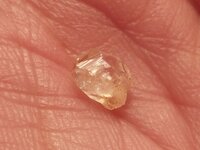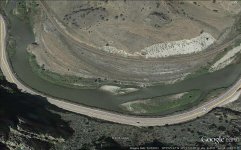The_Piratess
Bronze Member
- Apr 4, 2017
- 1,086
- 1,728
- Detector(s) used
- Whites Beach Hunter ID, so far...
- Primary Interest:
- All Treasure Hunting
I just got back from my annual, rainy season trip to the Crater of Diamonds in Arkansas. Here is a raw, white diamond just under 2 carats that I found. I brought back gravel taken directly from the lamprolite, diamond pipe than runs behind Canary Hill. I hope to find more as I go through it all as it was a great rainy season!









 Is that a pic of the Arkansas river? I like the color of that green soil by its banks!
Is that a pic of the Arkansas river? I like the color of that green soil by its banks! 


 Maybe.
Maybe.  Congrate's I reckon.
Congrate's I reckon.




